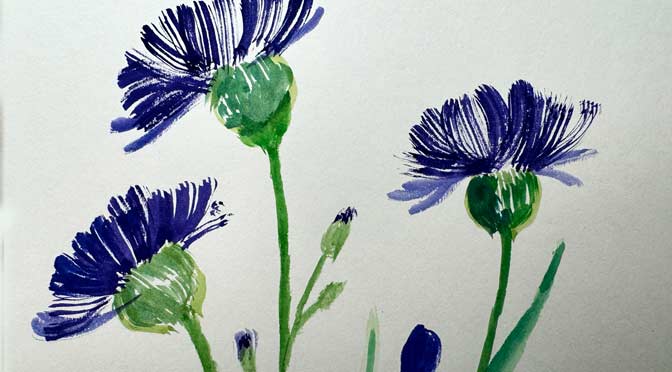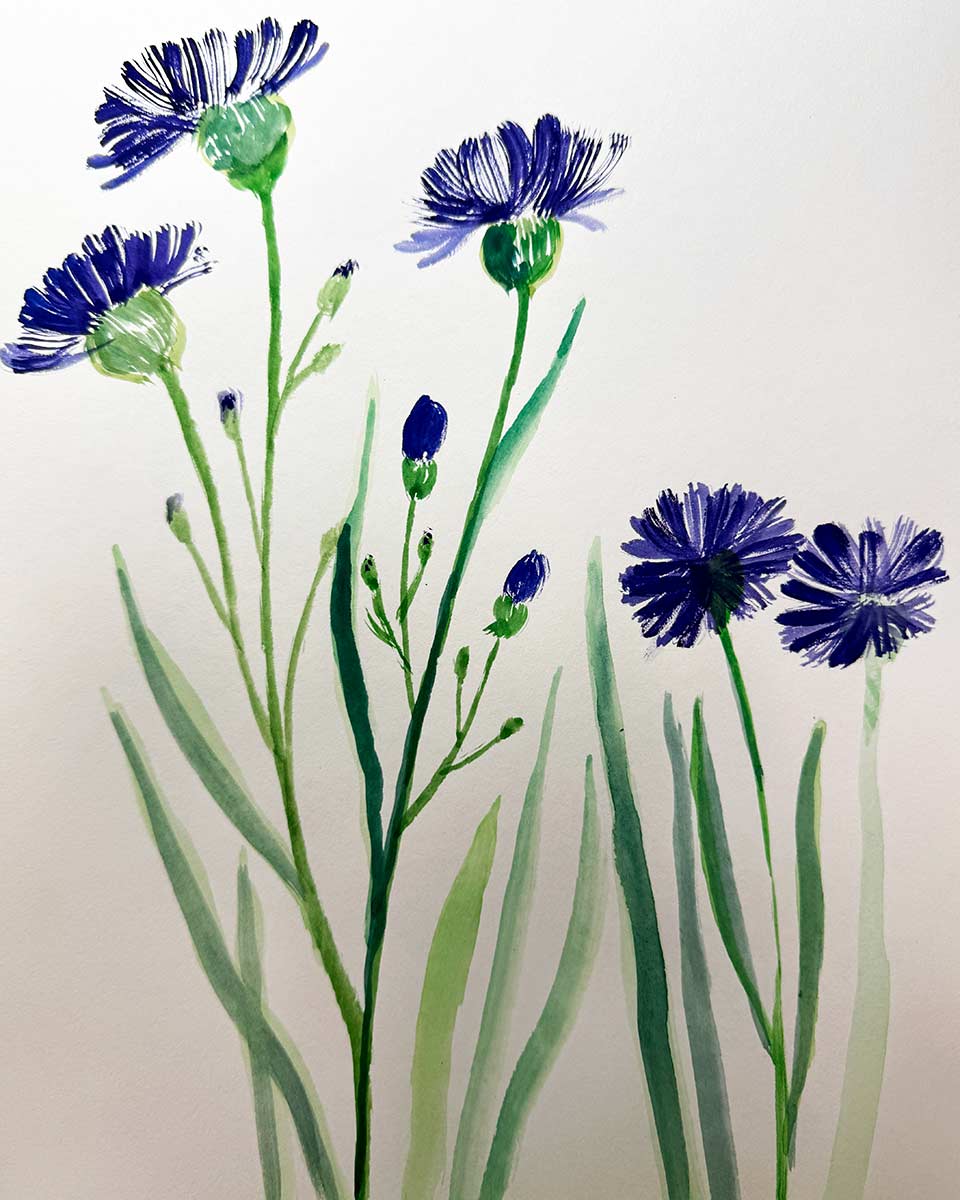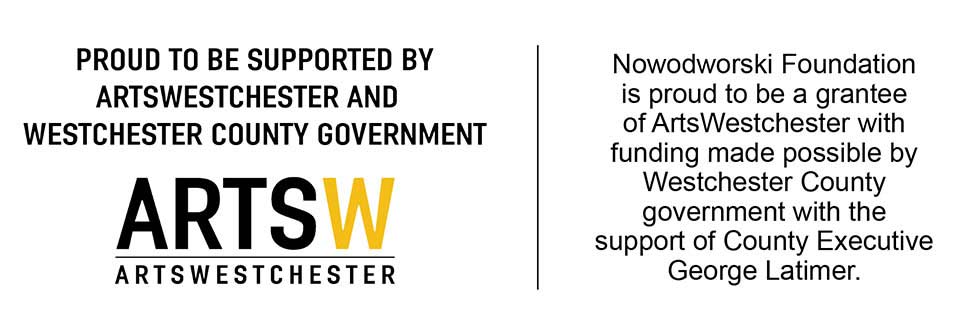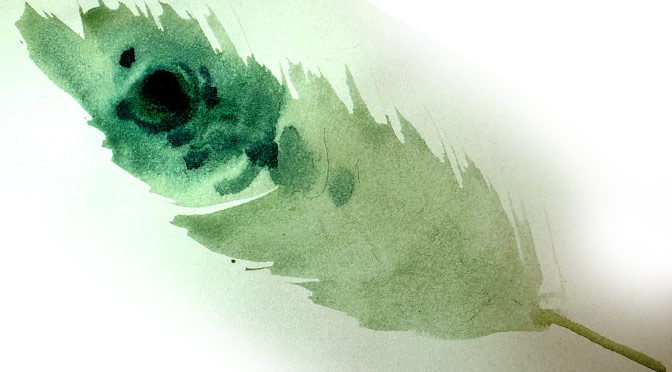POLLINATORS IN ACTION – Wildflowers
Wednesday, April 17th at 5:00 PM. To sign up for this program send an email to office@sitenf.org with the note WORKSHOP in the subject line. We will email you the ZOOM ID and password.
Cornflower – this bright blue hardy annual is most noted for attracting the Painted Lady Butterfly, and also attracts hummingbirds as well as lady bugs. Cornflowers grow best in full sun, are drought tolerant and tolerate poor soil well. They are one of the most beautiful blue wildflowers and make the landscape pristine in summer.
Art supplies:
- Watercolor or water-based paint
- Sturdy light plain paper
- Brushes
- Container of water
- Paper towel (few pieces)
- Plate for color mixing
- Newspaper or table covering (optional but recommended)





